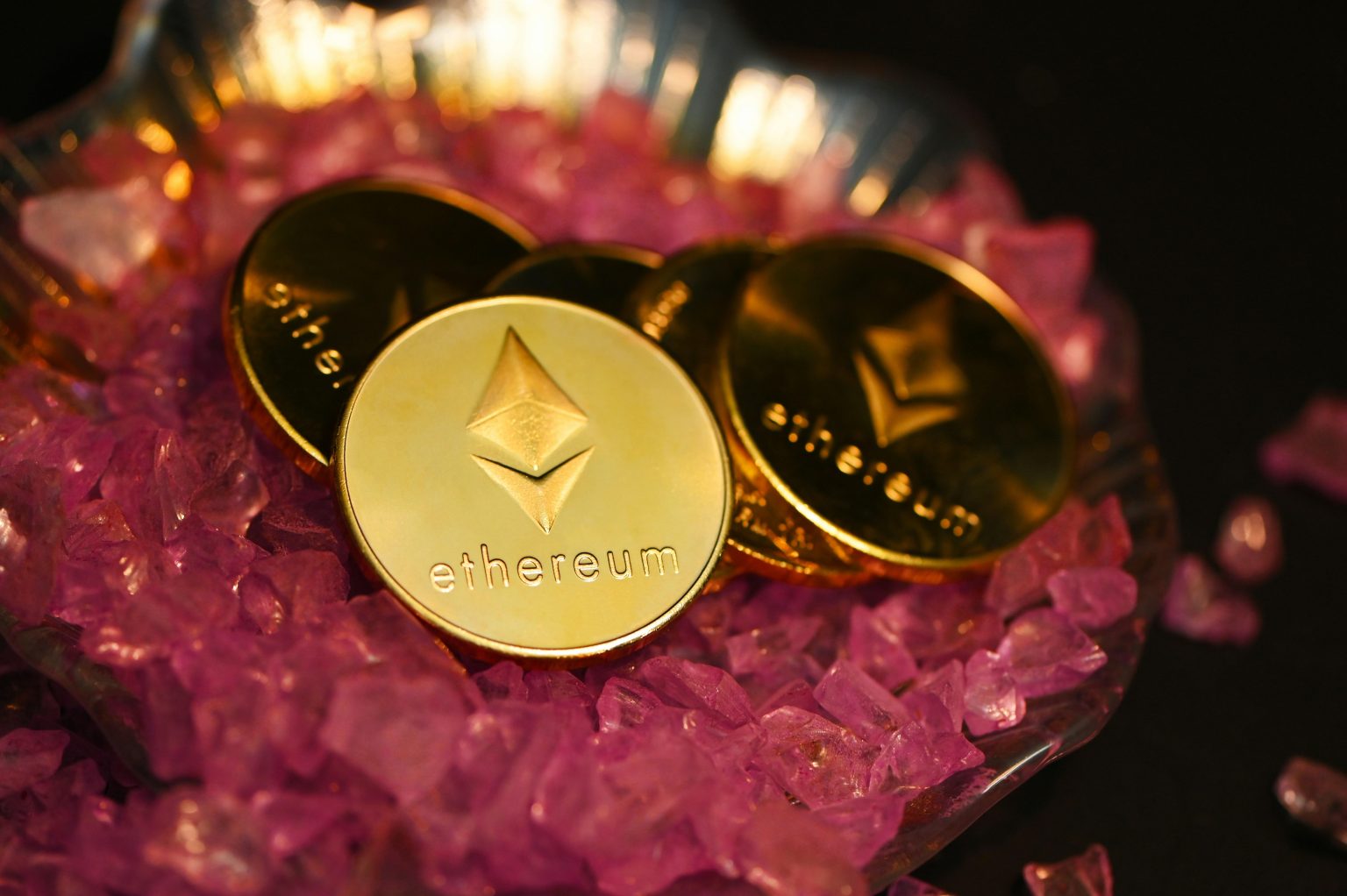Hyperliquid’s USDH Stablecoin Sparks Intense Competition
Hyperliquid’s plan to introduce USDH, a new stablecoin, has ignited fierce competition among companies and DeFi projects.
The exchange aims to cut dependence on Circle’s USDC stablecoin.Currently, USDC holds about $5.5 billion in Hyperliquid’s reserves, generating around $200 million annually for Circle. By launching USDH, Hyperliquid hopes to retain more of this yield internally and give users more control.
Various firms are vying for the opportunity, each proposing unique approaches:
- Ethena Labs suggests a USDH supported by USDtb, linked to BlackRock’s BUIDL fund. They promise to return 95% of net revenue to the Hyperliquid ecosystem.
- Paxos plans to incorporate PayPal and Venmo rails into the USDH system, emphasizing regulatory compliance.
- Frax Finance intends to back USDH with frxUSD and Treasuries, directing all Treasury yield to Hyperliquid users.
- Sky Ecosystem plans a decentralized model offering a 4.85% yield, backed by their $8 billion balance sheet.
- Agora commits all net income to platform support or HYPE token buybacks.
- Native Markets proposes a 50/50 split of yield between platform growth and an Assistance Fund.
A major focus for USDH is finding a long-term partner. Analysts stress the importance of compliance, high HYPE buybacks, varied collateral, and充足流动性。尽管许多团队都在努力提交有竞争力的提案,但对某些提案是否被认真考虑的疑虑仍然存在。
Haseeb Qureshi pointed out that the RFP might favor Native Markets, hinting at possible insider advantages. The final vote on September 14 will reveal Hyperliquid’s strategy to harmonize regulatory standards with DeFi goals.



